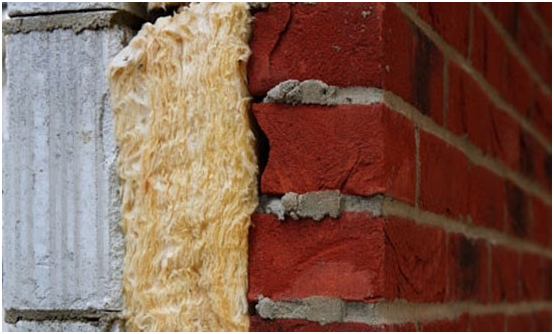
Cavity wall insulation is a popular method to enhance the energy efficiency of homes by reducing heat loss through the walls. This article explores the various aspects of cavity wall insulation, its benefits, potential drawbacks, and other related considerations.
What is Cavity Wall Insulation?
Cavity wall insulation involves filling the gap (or cavity) between the inner and outer walls of a house with insulating material. This process helps to reduce the amount of heat that escapes from the home, thereby improving energy efficiency and reducing heating costs. The materials commonly used for cavity wall insulation include mineral wool, polystyrene beads, and polyurethane foam.
How to Check Cavity Wall Insulation?
Before deciding to install or evaluate existing cavity wall insulation, it is essential to check whether your home is suitable for it. Here are the steps to check cavity wall insulation:
- Wall Structure: Confirm that your home has cavity walls. This can be determined by the construction date (homes built after the 1920s typically have cavity walls) or by examining the pattern of the bricks (cavity walls usually have a regular pattern of bricks).
- Cavity Width: The cavity should be at least 50mm wide for insulation to be effective. A professional can drill a small hole in the wall to measure the cavity width.
- Existing Insulation: Check if there is already insulation in the cavity. This can be done through a borescope inspection, where a small camera is inserted into the cavity through a drilled hole.
- Wall Condition: Ensure the walls are in good condition, with no significant cracks or damp issues, as these can affect the insulation’s performance.
Does Cavity Wall Insulation Work?
Cavity wall insulation is highly effective in improving the thermal efficiency of homes. It significantly reduces heat loss, leading to lower energy bills and a more comfortable indoor environment. Studies and real-world applications have shown that properly installed cavity wall insulation can reduce heating costs by up to 35%, making it a worthwhile investment for most homeowners.
How Much is Cavity Wall Insulation Per m²?
The cost of cavity wall insulation varies depending on several factors, including the type of insulation material used, the size of the house, and the complexity of the installation. On average, the cost ranges from NZD 10 to NZD 30 per square meter. This estimate can increase if additional work is required, such as addressing damp issues or repairing the walls.
Pros of Cavity Wall Insulation
Energy Savings and Reduced Utility Bills
One of the most significant benefits of cavity wall insulation is the reduction in energy consumption. By preventing heat loss through the walls, homeowners can maintain a comfortable indoor temperature with less reliance on heating systems, leading to substantial savings on energy bills.
Improved Indoor Comfort
Cavity wall insulation helps to maintain a consistent indoor temperature, making homes more comfortable. It prevents cold drafts and keeps the interior warm during the winter and cool during the summer, enhancing the overall living experience.
Reduced Carbon Footprint and Environmental Impact
By reducing the need for heating and cooling, cavity wall insulation lowers the household’s carbon footprint. This contributes to a decrease in greenhouse gas emissions, helping to mitigate climate change and promote environmental sustainability.
Increased Home Value and Resale Potential
Homes with cavity wall insulation are more energy-efficient and often have higher resale values. Prospective home buyers are increasingly looking for properties with energy-saving features, and cavity wall insulation can be a significant selling point, potentially increasing the home’s marketability and value.
How To Dry Out Wet Cavity Wall Insulation?
Wet cavity wall insulation can significantly reduce its effectiveness and lead to other problems such as mould growth and structural damage. Here are steps to dry out wet cavity wall insulation:
- Identify the Source: Locate and fix the source of moisture ingress, whether it’s due to a leak, rising damp, or poor ventilation.
- Remove Wet Insulation: In severe cases, it may be necessary to remove the wet insulation material. This typically involves professional help to avoid damage to the walls.
- Drying the Cavity: Use dehumidifiers and fans to dry the cavity thoroughly. Ensuring adequate ventilation is crucial during this process.
- Replace Insulation: Once the cavity is dry and the source of moisture has been addressed, replace the insulation material with new, dry insulation.
- Prevent Future Issues: Implement measures to prevent future moisture problems, such as improving drainage around the property, repairing damaged masonry, and ensuring proper ventilation.
By understanding the pros and cons of cavity wall insulation, homeowners can make informed decisions about improving their home’s energy efficiency and comfort. For professional cavity wall insulation services in New Zealand, consider reaching out to Panda Solutions, experts in providing tailored insulation solutions to meet your specific needs.
